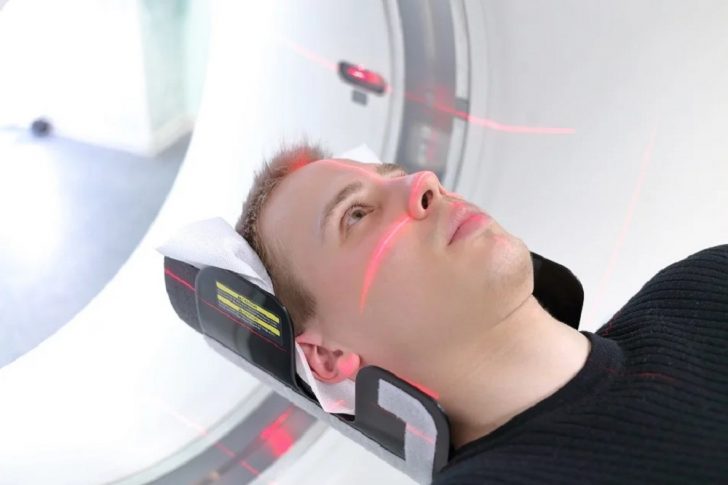In recent decades, medical lasers have emerged as a revolutionary technology with a wide range of applications in the field of healthcare. These high-intensity light beams have proven to be incredibly versatile, offering precise and minimally invasive solutions to various medical conditions.
While medical lasers have brought about numerous advantages, they also come with their own set of challenges. This article explores the advantages and challenges of medical lasers in healthcare.
Advantages of Medical Lasers:
Precision and Accuracy:
One of the most significant advantages of medical lasers is their unparalleled precision. These devices can target specific tissues or areas with remarkable accuracy, minimizing damage to surrounding healthy tissue. This precision is precious in delicate procedures where preserving nearby structures is crucial.

Angeline Kado/ Getty Images | The light in a laser is more parallel than any other light source
Minimally Invasive Procedures:
Medical lasers have revolutionized surgery by enabling minimally invasive procedures. Traditional open surgeries often involve large incisions, extended hospital stays, and longer recovery times. On the other hand, medical lasers can be used through small incisions or even non-invasively, reducing patient trauma, pain, and recovery periods.
Reduced Bleeding and Scarring:
Laser energy cauterizes blood vessels by cutting or vaporizing tissue, reducing bleeding during surgical procedures. This provides a clearer surgical field for the surgeon and reduces the need for additional interventions to control bleeding. Moreover, the precision of lasers often results in less scarring compared to traditional surgical techniques.
Versatility of Applications:
Medical lasers find applications across various medical specialties, from dermatology to ophthalmology and oncology to dentistry. They can be used for tissue removal, wound healing, vision correction, tumor ablation, and more. This versatility allows healthcare providers to tailor treatments to individual patients' needs.

Pixabay/ Pexels | The world of medicine is constantly evolving
Faster Recovery and Shorter Hospital Stays:
Due to their minimally invasive nature and reduced post-operative complications, procedures involving medical lasers often result in shorter hospital stays and faster patient recovery. This benefits patients and reduces the strain on healthcare facilities and resources.
Challenges of Medical Lasers:
High Initial Costs:
Acquiring and maintaining medical laser equipment can be financially demanding. The initial investment and ongoing maintenance and training costs can challenge healthcare institutions, especially those with limited budgets.
Specialized Training Requirements:
The operation of medical lasers requires specialized training and expertise. Healthcare professionals need to be adequately trained to ensure safe and effective use. This can increase training costs and potential workforce shortages in specialized areas.

Pavel L Photo and Video/ Shutterstock | Medical lasers are like precision instruments of healing
Risk of Burns and Tissue Damage:
While the precision of medical lasers is a significant advantage, it also poses a challenge. In the hands of inexperienced or untrained professionals, lasers can cause unintended burns or tissue damage. Striking the right balance between precision and potential risks is crucial.
Patient Safety Concerns:
Medical lasers present potential patient risks, including eye damage, skin burns, and other adverse effects. Stringent safety protocols and proper protective measures must be in place to minimize these risks and ensure patient safety.
Limited Depth Penetration:
The depth of laser penetration is limited by the type of laser and the wavelength used. This can be challenging when treating conditions requiring deeper tissue penetration, such as some cancers. Alternative treatments or complementary approaches may be necessary in such cases.
Regulatory and Ethical Considerations:
As with advanced medical technology, medical lasers are subject to regulatory and ethical considerations. Proper oversight, adherence to guidelines, and ethical use of lasers are essential to ensure patient welfare and prevent potential misuse.










